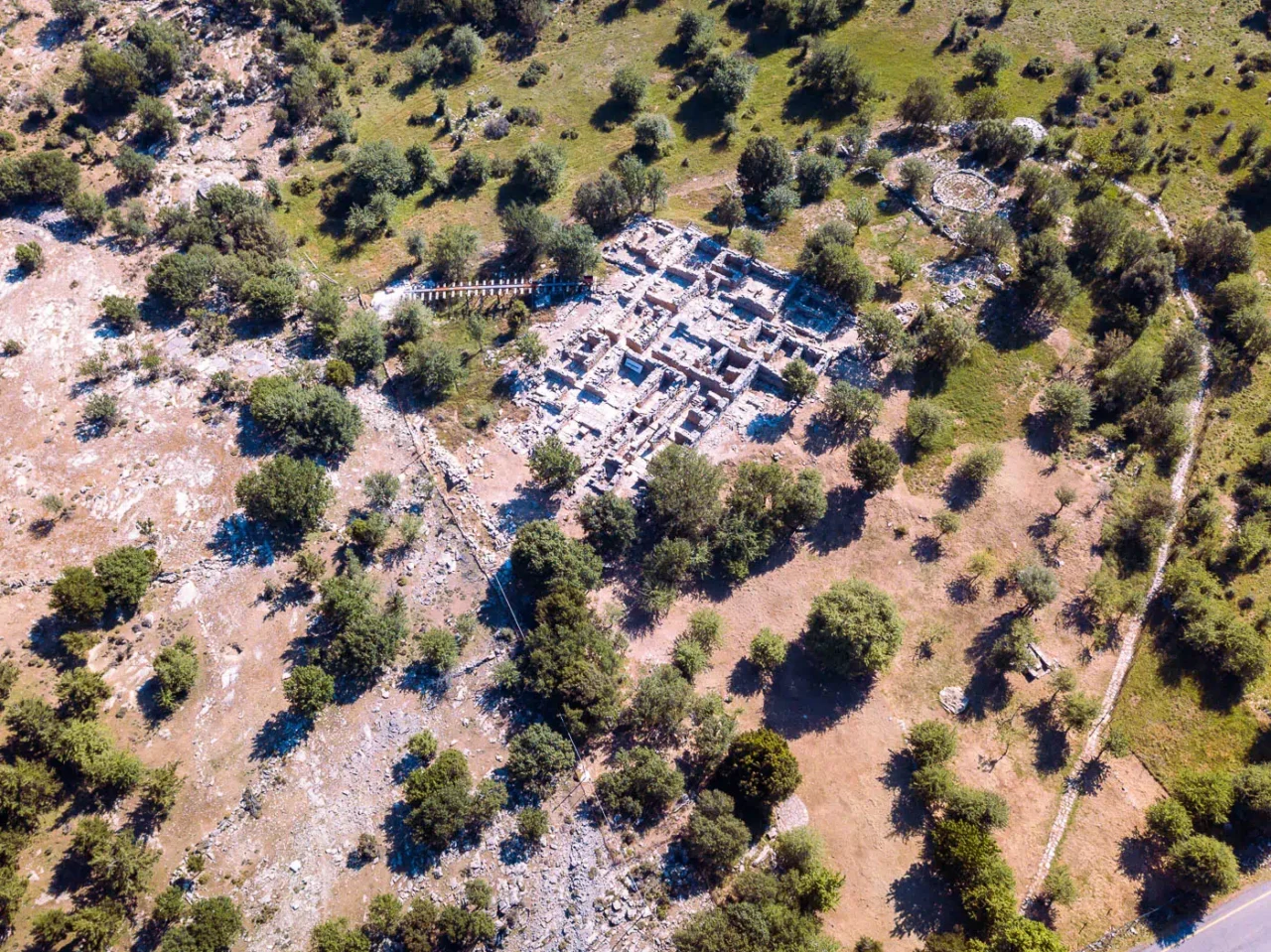
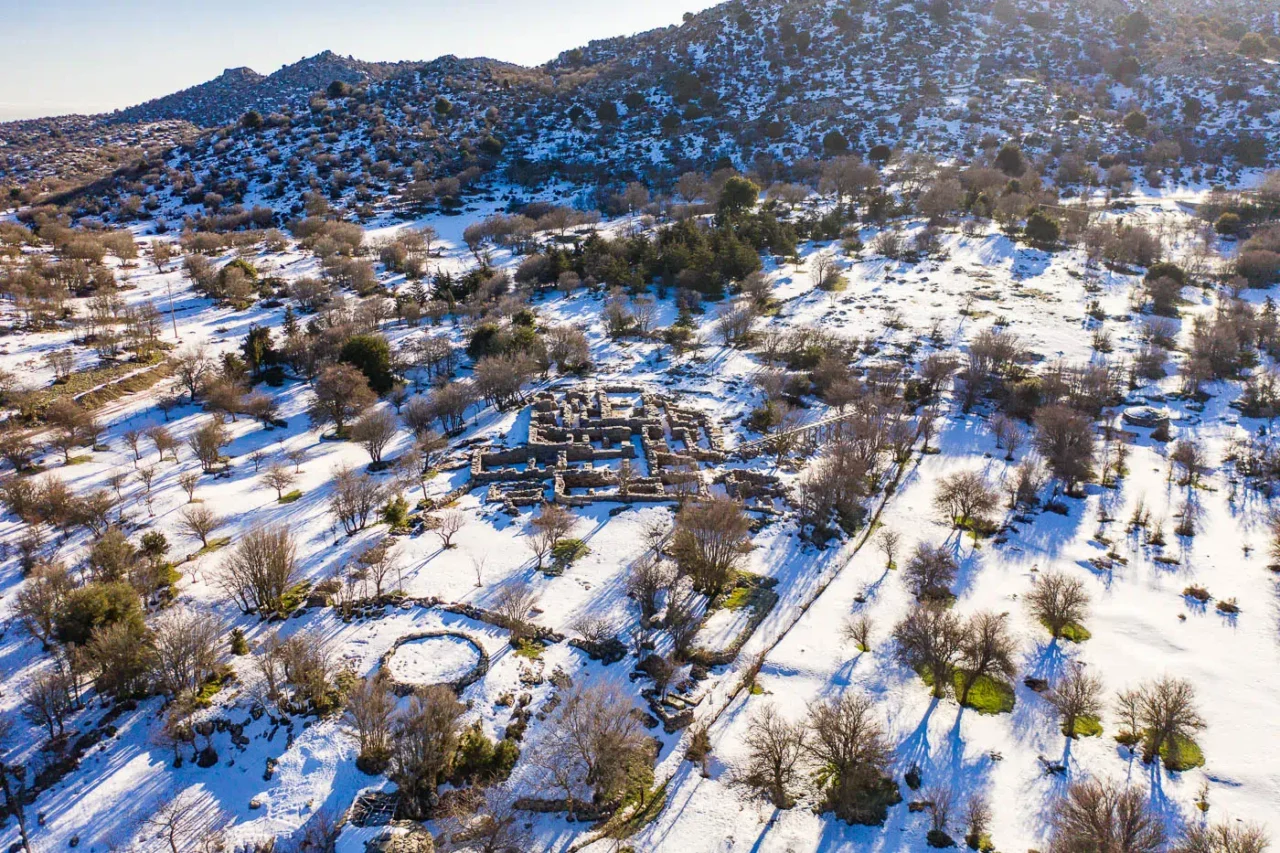
Discovery and Initial Excavations
In 1982, while excavating the Idaean Cave, archaeologist Yiannis Sakellarakis was informed by a local shepherd about a place called Zominthos, where he watered his animals. The name resonated as pre-Greek, possibly Minoan, and the site itself bore traces of ancient walls and pottery fragments. Sakellarakis’s intuition led to the uncovering of a monumental building at an elevation of 1200 meters on Mount Psiloritis. This discovery challenged the prevailing view of Minoan civilization as primarily coastal, revealing a sophisticated mountain settlement.
The Central Building: A Testament to Minoan Architecture
The central building at Zominthos, covering over 1600 square meters with at least two stories, is the largest known Minoan residential center in the mountains. Constructed from massive limestone blocks, its well-preserved walls stand as high as 2.5 meters, showcasing Minoan engineering and craftsmanship.
The building’s layout reveals a complex structure with over 50 rooms, some adorned with frescoes and paved floors. The diverse functions of these rooms, ranging from residential quarters to workshops for pottery, stone carving, and potentially metallurgy, suggest a thriving economic hub with skilled artisans and a well-established social hierarchy.
Strategic Location and Significance
Zominthos’s strategic location at the convergence of mountain paths played a pivotal role in its development. The site served as a crucial link to higher elevations of Psiloritis and key destinations like Nida and the Idaean Cave, a sacred site in Minoan religion. This suggests Zominthos was not merely a seasonal settlement but a significant center for both secular and religious activities.
The presence of a Mycenaean settlement and cemetery from later periods indicates continued importance in post-Minoan times.
Artifacts and Insights into Minoan Life
Excavations have unearthed a wealth of artifacts, including bronze figurines, tools, jewelry, seals, rhyta, and fresco fragments. These finds provide valuable insights into Minoan artistic expression, daily life, religious practices, and social structure.
The Ceramic Workshop: A Hub of Production
In the western section of the central building, an outbuilding housed a ceramic workshop, where numerous pottery vessels were discovered. The workshop contained a circular water tank for cleaning clay, a potter’s wheel, and various tools, indicating a bustling pottery production center. The presence of rhyta, ritual vessels, in the workshop suggests a potential religious dimension to the complex.
Ongoing Research and Modern Technology
Zominthos continues to be an active archaeological site, with ongoing excavations yielding new discoveries. Researchers employ cutting-edge technologies like geomagnetic prospection, 3D laser scanning, and wearable cameras to document and analyze the site’s intricate details.
Zominthos: A Unique Window into Minoan Civilization
Zominthos challenges the traditional view of Minoan civilization as primarily coastal. This mountain sanctuary reveals a sophisticated settlement with economic, social, and religious significance. The site’s unique location, architectural grandeur, and rich archaeological finds make it an invaluable resource for understanding Minoan culture and its diverse facets.
Archaeological Site: Key Points
- Construction Period: Middle Minoan IA (around 1700 BC) with continuous occupation until modern times.
- Location: Approximately 1200 meters above sea level on Mount Psiloritis, Crete.
- Dimensions: Central building covers over 1600 square meters, with the surrounding settlement extending over at least 4 stremmata (approximately 1 acre).
- Historical Significance: Challenges the traditional view of Minoan civilization, reveals a thriving mountain center with economic, social, and religious significance.
- Current Status: Active archaeological site with ongoing excavations and the use of modern technologies to uncover new insights.
References
SO A VISIT IS NOT WORTH IT AT THE MOMENT!
I would have liked to see it up close...













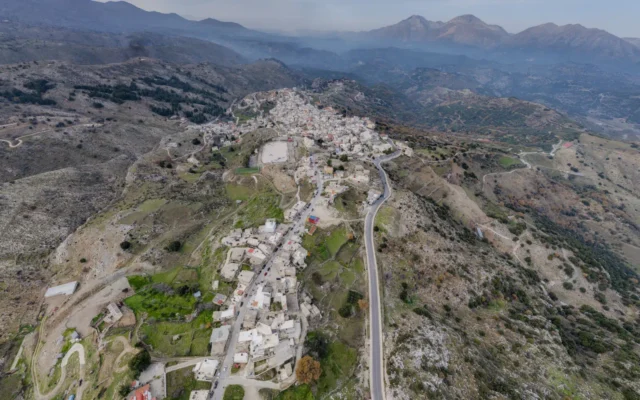

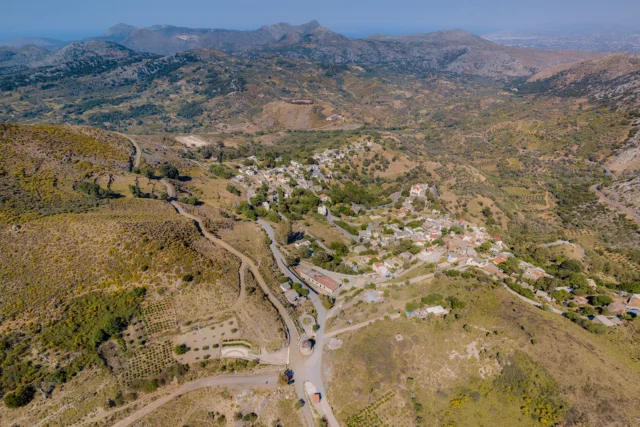

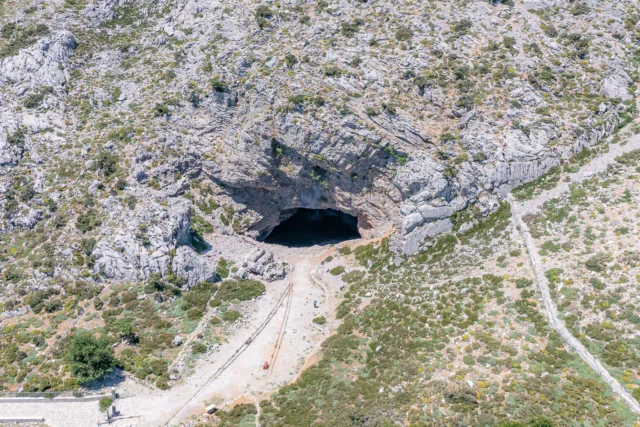


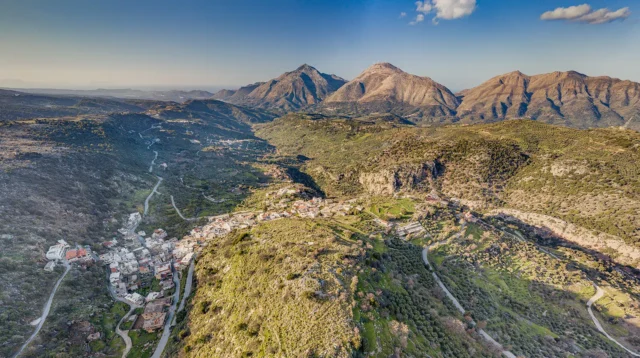
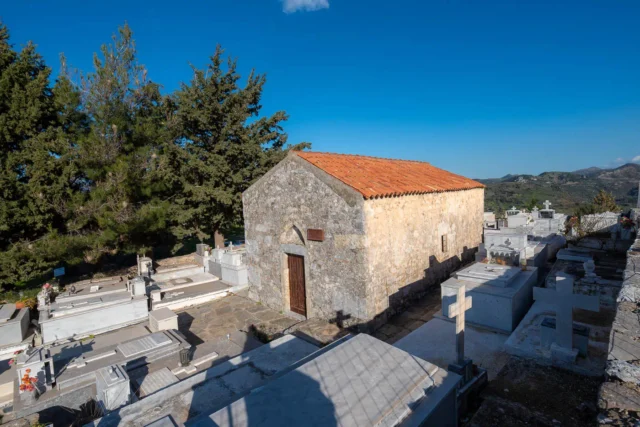
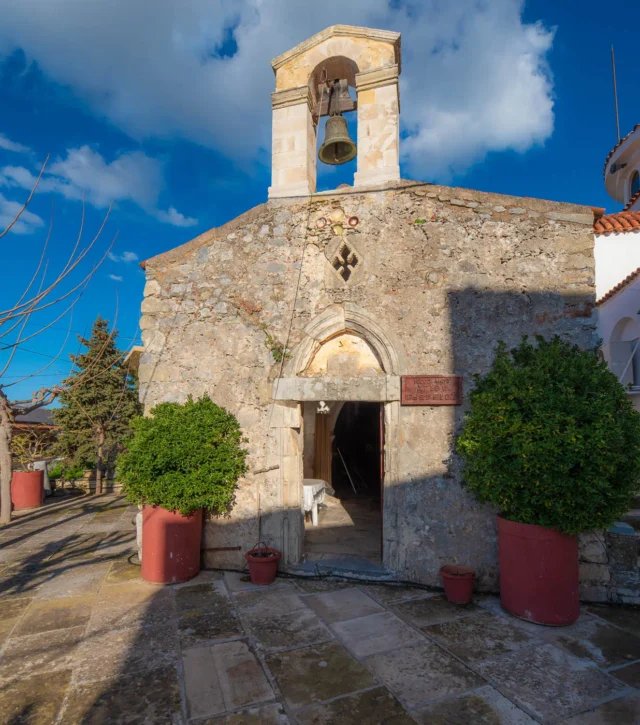
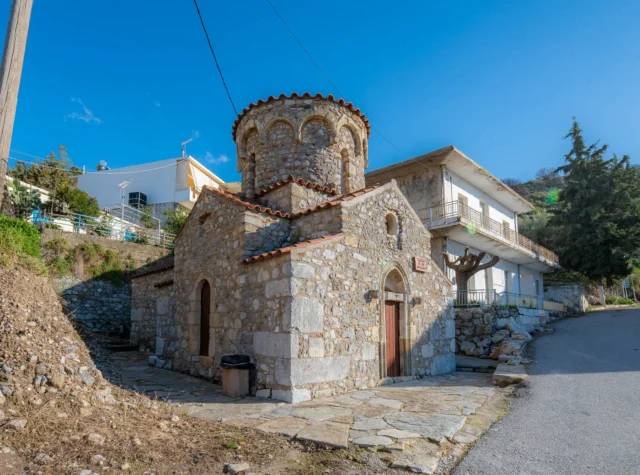

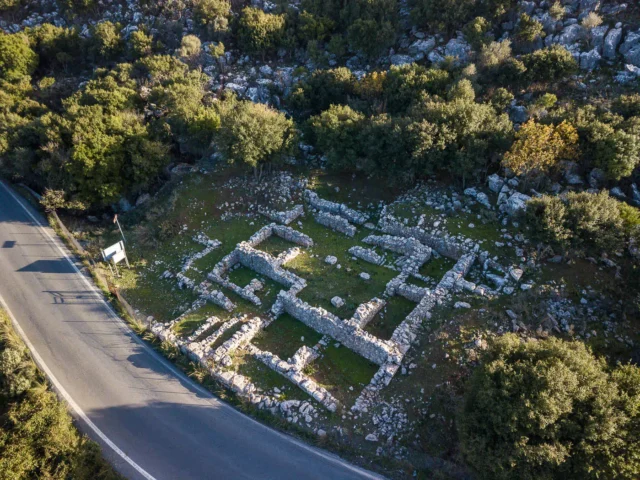
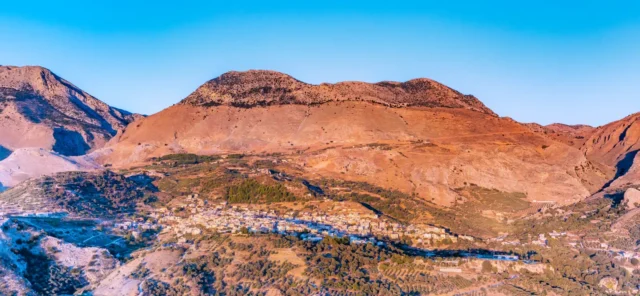
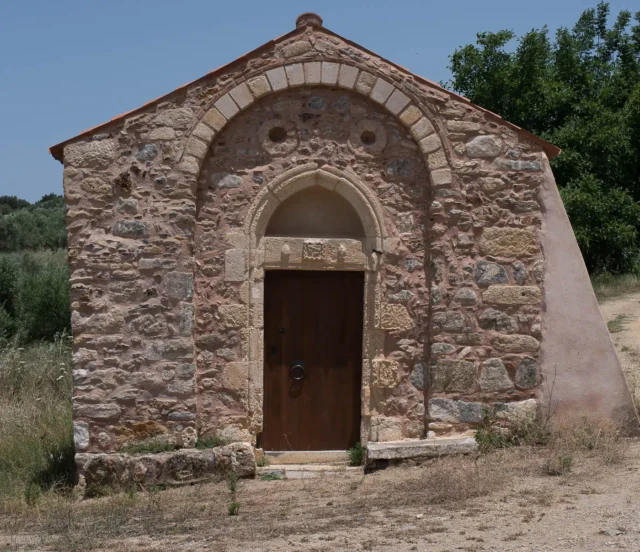

There are no comments yet.